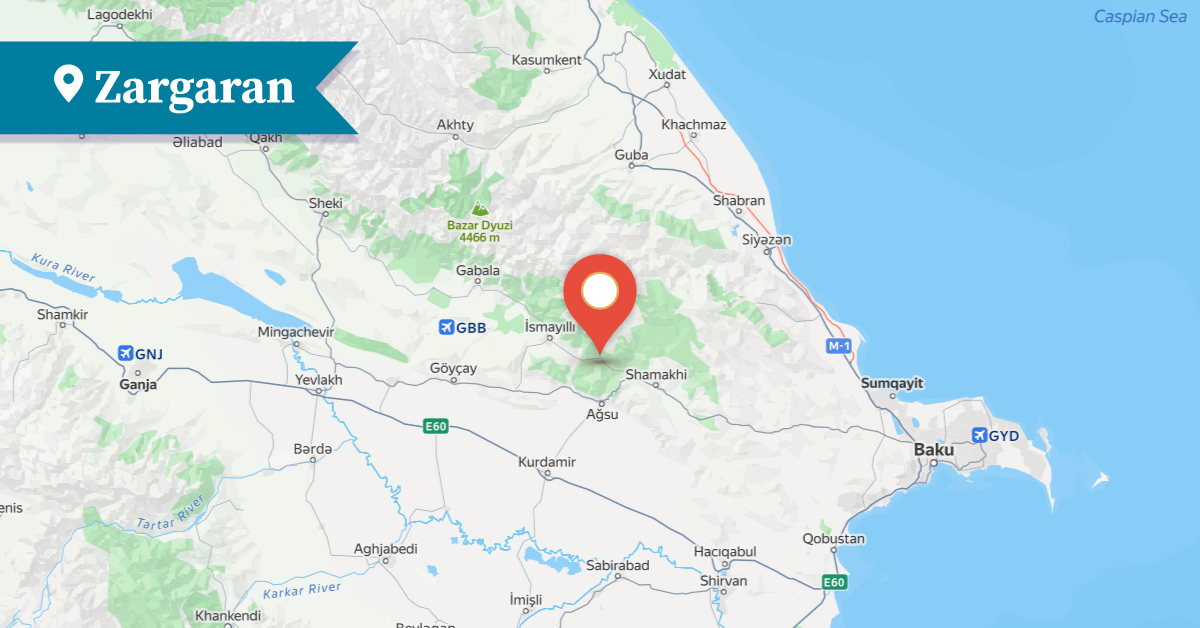2025
2025
2025-06-16

Zargaran village, located 19.2 km southeast of the district center of Ismayilli, was one of the oldest and most populous settlements in the region. The village has also been referred to as Zarkaran and Zargyaran.
As early as 1861, the village had a population of 119 Armenian households. By 1886, during the visit of Bishop Makar Barkhudaryants, it was home to 103 Armenian households with a total of 1,024 residents. In 1914, the village was entirely populated by Armenians, and the population had grown to 1,558.
In 1918, local Tatars and the Turkish army attacked the village, forcing many residents to flee—first to Baku and later to Ashgabat.
Following the establishment of Soviet rule in Azerbaijan, survivors of the massacres gradually returned to their native village. By 1924, there were 30 Armenian households with 140 residents. However, by 1985, only 3 Armenian households with a total of 5 residents remained, who were forcibly displaced in 1988.
During his visit in 1985, monument specialist Samvel Karapetyan noted that the Church of the Holy Mother of God (Surb Astvatsatsin) was still standing, although it had been repurposed as a storage facility. He recorded an inscription on the church wall dated 1848.
This plastering of the church is in memory…
son, 1848.”
The existence of six cemeteries of Zargaran show that it was a large village. The medieval cemetery of "Vari bagh" (Lower Orchard), with numerous uninscribed slab-like tombstones, was located 2 km west of the village. A similar site was found about 1 km from the village, in a place known as "Ohan's hill" (Tapa), containing around 20 inscribed tombstones.
Other cemeteries, such as Budaghants and Near Yeram's house, were in the center of the village.
The main cemetery of Zargaran was located about 1.5 km southwest of the village and was known as “The cemetery of Long land.” During the visit of Samvel Karapetyan, several thousand tombstones from the 19th–20th centuries were still preserved there. Burials in this cemetery continued until 1988.
At another cemetery situated on the southern edge of the village, Karapetyan recorded approximately 30 inscribed tombstones dating from the 18th to 20th centuries. One of them had the following inscription:
“This is the tomb of Kiork form Ganja
… … …, year 1773.”
The ancient Armenian village of Zargaran is now called Zargeran (Azerbaijani: Zərgəran) and is inhabited by Azerbaijanis.
Bibliography
Barkhutaryants M., Land of Aghvank and its Neighbors: Artsakh, Yerevan, 1999.
Karapetyan S., The Armenian Lapidary Inscriptions of Aghvank Proper, Yerevan, 1997.
Karapetyan, S., Aghvank Proper, Part 1, Yerevan, 2024, pp. 131-137.